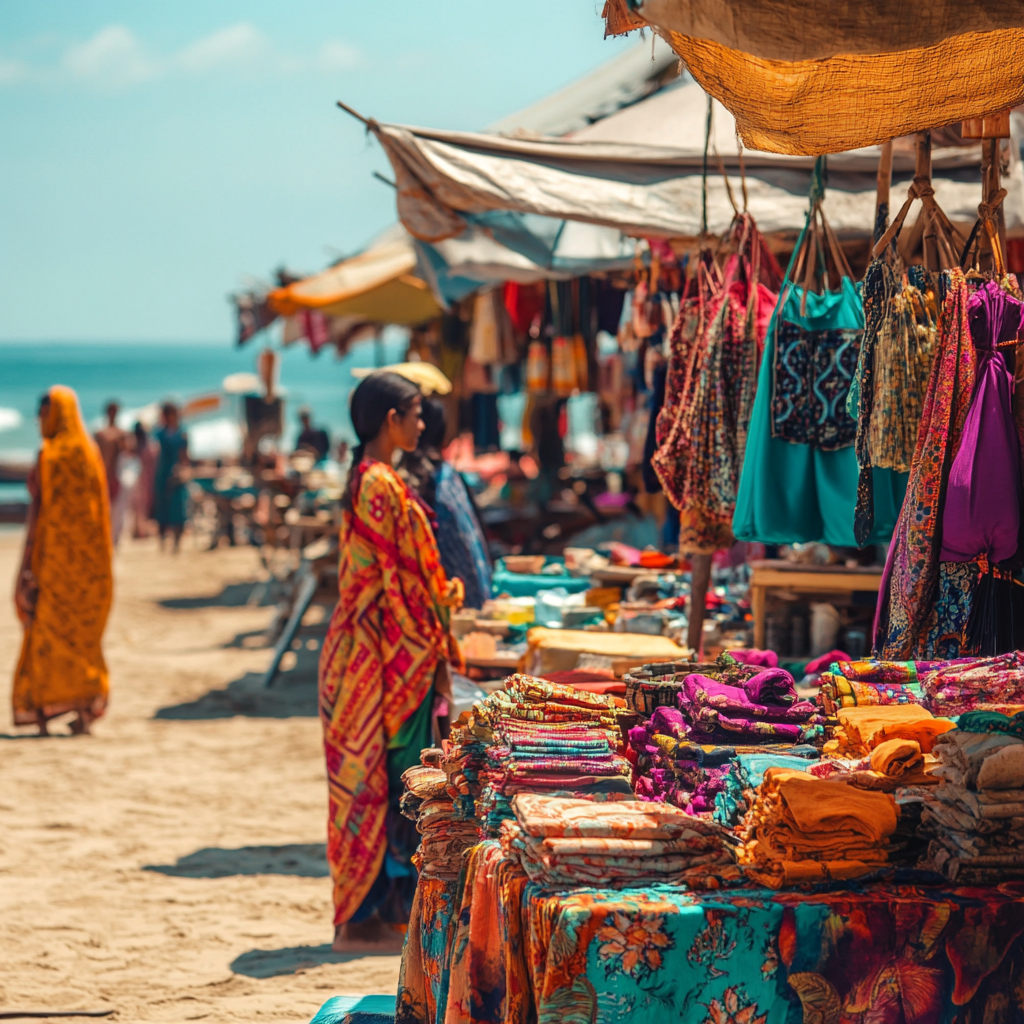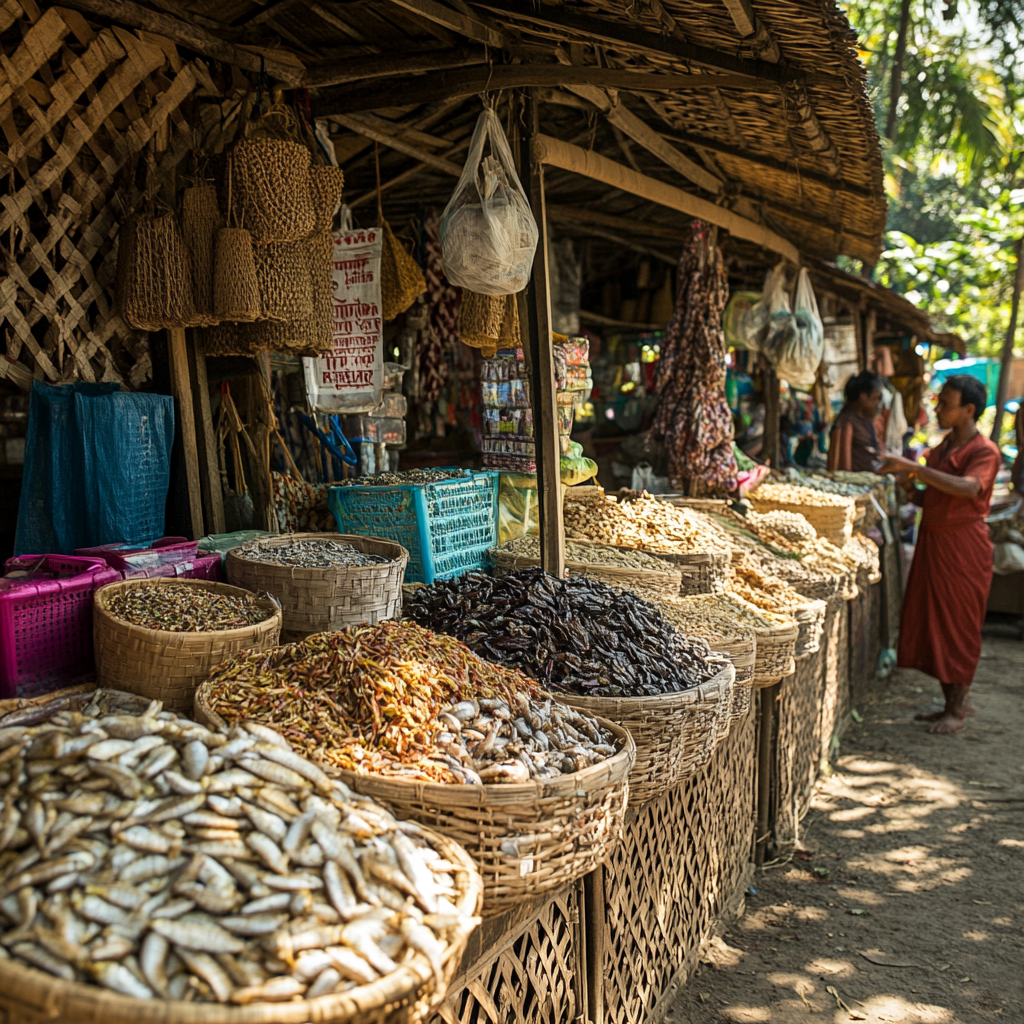How to Enjoy the Destination Without Breaking the Bank
Discover Cox’s Bazar on a Budget
Cox’s Bazar, with its 120-kilometer stretch of sandy beaches, is a gem for travelers seeking tranquility and adventure. Known as the longest natural sea beach in the world, it attracts visitors from around the globe. While the destination boasts luxury resorts and premium experiences, it is entirely possible to explore its beauty on a limited budget.

This guide provides practical tips and insights for enjoying Cox’s Bazar without compromising on quality or experiences.
Local Cuisine: Savor the Flavors Without Overspending
Sampling local food is a must in Cox’s Bazar, and it doesn’t have to strain your wallet. Street vendors near the beach serve delicious snacks like “chotpoti” (spiced chickpeas) or “fuchka” (crispy, tangy snacks) for as little as $1 per serving.
Small local eateries, often referred to as “chaap houses,” offer filling meals for $3 to $5. Popular dishes include fresh fish curry and “khichuri” (a comforting rice and lentil dish). For travelers staying longer, self-catering accommodations with kitchenettes allow for affordable meal preparation. Shopping at local markets ensures access to fresh produce at low prices.
Public Transport: Explore Without Expensive Rides
Efficient and inexpensive public transport options make getting around Cox’s Bazar simple.
Rickshaws and CNGs: Auto-rickshaws (CNGs) and cycle rickshaws are ubiquitous and affordable, with fares starting at $1 for short distances. Always negotiate the fare before starting your journey.


Local Buses: Buses between popular spots like Himchari or Inani Beach cost less than $2. These provide a scenic and economical way to explore the area.
Walking: The main beach areas are pedestrian-friendly, and walking not only saves money but allows for spontaneous discoveries.
Island Trips: Affordable Adventures to Saint Martin’s Island
A visit to Cox’s Bazar isn’t complete without a trip to Saint Martin’s Island, a coral paradise.
Ferry Options: The ferry to Saint Martin’s costs around $10 for a round trip. Booking tickets in advance can secure better rates and avoid last-minute price hikes.
Budget Stays on the Island: Guesthouses on the island offer rooms starting at $15 per night, providing a simple yet authentic experience.
Group Tours: Joining group tours for snorkeling or boat rides can reduce individual costs. Group prices for activities often range from $10 to $20 per person.
Nature and Adventure: Free and Low-Cost Activities
Exploring Cox’s Bazar’s natural beauty doesn’t have to be expensive.
Hiking in Himchari National Park: Entry to the park costs around $2, offering access to scenic trails and a stunning waterfall.
Beach Activities: From sunrise yoga to shell collecting, many beach activities are completely free. Pack a picnic and enjoy a day by the sea without spending a dime.
Local Cultural Experiences: Visit nearby villages to learn about the Rakhine community’s traditions and crafts. These experiences are often free or require a nominal donation.

Here are some insider tips for making the most of your trip:
Travel Light: Save on luggage fees by packing light and sticking to essentials.
Bargain Wisely: Whether you’re booking a ride or shopping at markets, bargaining is expected. Polite negotiation can lead to significant savings.
Avoid Peak Times: Traveling mid-week or during off-hours can lower costs for transport and accommodation.
Bamboo and Cane Handicrafts: Functional and Decorative Items
Bamboo and cane products are another highlight of Cox’s Bazar’s shopping scene. Artisans in the region create a variety of functional and decorative items, such as baskets, furniture, and decorative wall hangings.
These handicrafts are known for their durability and natural aesthetic, often showcasing the beauty of the materials themselves. Bamboo and cane are sustainable resources, and their use in local crafts helps support eco-friendly practices in the region.
These items are perfect for those looking to add a touch of traditional Bangladeshi craftsmanship to their home decor. The craftsmanship involved in producing these pieces is meticulous, with many items taking days or even weeks to complete. The prices for bamboo and cane handicrafts are generally affordable, and purchasing them helps sustain the livelihoods of local artisans.
Practical Tips for Shopping in Cox’s Bazar
When shopping in Cox’s Bazar, there are several practical tips that can enhance the experience. Bargaining is a common practice in most markets, and tourists are encouraged to negotiate prices, especially when purchasing multiple items. It is also advisable to visit markets during the early morning or late afternoon when they are less crowded, and the weather is more comfortable for browsing.
Another useful tip is to bring cash, as many local vendors do not accept credit or debit cards. Cox’s Bazar is a cash-based economy, and having small denominations can make transactions smoother, especially when buying from smaller stalls and vendors.
For those interested in contributing positively to the community, choosing to purchase from stalls that support women’s cooperatives or refugee artisans can make a meaningful impact. These initiatives often provide fair wages and support the empowerment of disadvantaged groups within the community.
Conclusion
Shopping in Cox’s Bazar offers an authentic glimpse into the cultural heritage of Bangladesh. From beachside souvenirs that embody the coastal charm to the traditional handicrafts that reflect centuries of artistry, the variety of goods available ensures that every visitor can find something meaningful to take home.
Cox’s Bazar is not just about what you buy—it is about the stories behind each item, the artisans who create them, and the vibrant culture that they represent.
If you are interested in learning more about sustainable tourism or wish to explore more deeply the cultural offerings of Cox’s Bazar, consider consulting with professional advisors who specialize in the region. Our experts are available to help you make informed decisions and take full advantage of the numerous opportunities this dynamic market offers.
